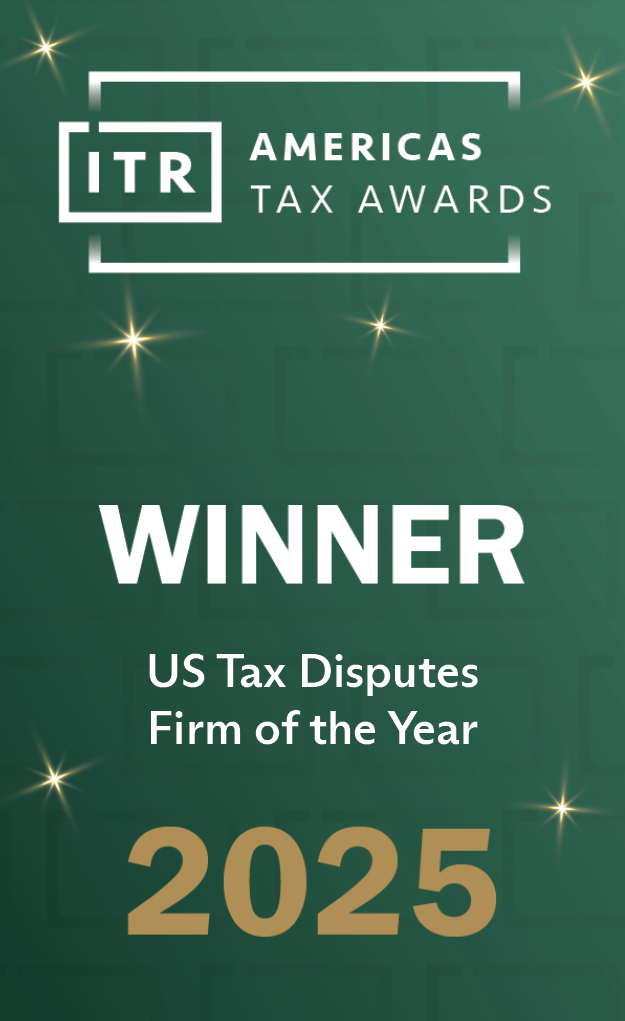The Internal Revenue Service (IRS) currently offers non-compliant US taxpayers several different relief programs to report foreign assets and/or income to become compliant with US rules related to the disclosure of offshore income. See here for a link to the different options. The two main programs are the Offshore Voluntary Disclosure Program (OVDP) and the Streamlined Filing Compliance Procedures (SFCP). The IRS launched the OVDP in 2012 to enable a taxpayer with undisclosed foreign income or assets to settle most potential penalties he may be liable for through a lump sum payment of 27.5 percent of the highest aggregate value of the taxpayer’s undisclosed foreign assets for the voluntary disclosure period, which is the previous eight years. The OVDP replaced prior offshore voluntary disclosure programs and initiatives from 2009 and 2011. OVDP has a number of filing and payment requirements, including paying eight years’ worth of accuracy-based penalties. The IRS updated and revised the OVDP in 2014.
Also in 2014, the IRS announced the SFCP, which has less compliance and payment requirements. SFCP participants who are US residents are required to pay a penalty of 5 percent of the highest aggregate balance of the taxpayer’s foreign financial assets subject to the miscellaneous offshore penalty during the years in the covered tax return and Report of Foreign Bank and Financial Accounts (FBAR) period. Qualifying non-US resident SFCP participants may be able to avoid the 5 percent penalty. Thus, the SFCP was a more attractive option for some taxpayers who previously could only take advantage of the OVDP and its higher penalty structure.
Taxpayers who non-willfully failed to disclose foreign assets were only eligible to enter OVDP prior to the start of the SFCP in 2014. Accordingly, the IRS established the “Transition Rules” to allow OVDP participants to take advantage of the penalty structure offered in SFCP while still remaining enrolled in the OVDP. See here for frequently asked questions regarding the Transition Rules. The IRS does not allow OVDP participants to switch into the SFCP, or any other relief program, once enrolled in OVDP.
On July 14, 2017, the United States Court of Appeals for the District of Columbia Circuit (DC Circuit) decided Maze v. Internal Revenue Service. In Maze, the DC Circuit held that participants enrolled in the OVDP cannot sue the IRS to switch into the SFCP because of the jurisdiction-stripping provision in the Anti-Injunction Act (AIA). The court found the accuracy-based penalties required under the OVDP are treated as taxes under the AIA, therefore any lawsuit that seeks to restrain the assessment or collection is barred. The taxpayers sought to restrain collection of the accuracy-based penalties by switching into the SFCP, which does not require the same payment of accuracy-related penalties, therefore activating the AIA.
The court reasoned a taxpayer can opt-out of the OVDP, allow the IRS to determine liabilities, pay the assessed liabilities, and then file a refund suit if the taxpayer is unhappy with enrollment in OVDP. The court found this to be an alternative avenue to switching programs, so the AIA is applicable to the action.
Practice Point: Taxpayers who have failed to comply with their US tax filing and information reporting obligations should be aware of these recent developments and seek appropriate advice regarding whether, and which, disclosure program to pursue. As we have noted previously, these programs are administrated by the IRS and may be terminated at any time. These programs have been very successful for both taxpayers and the IRS, because they offer taxpayers a relatively easy and inexpensive method to become current on their US tax return and FBAR filing requirements. We do not know, however, if and when these programs will be terminated. If you have failed to file a US federal income tax return and have income earned or paid off-shore, you should consult immediately with your tax attorney about becoming compliant before the programs are terminated.







